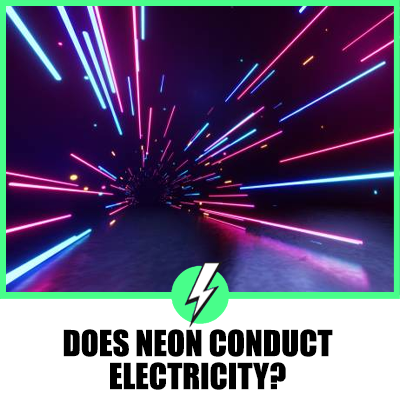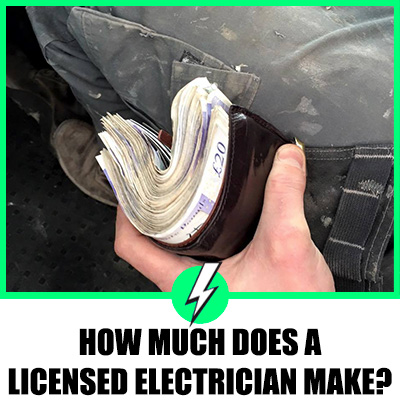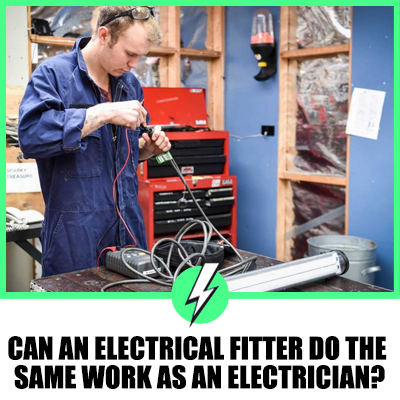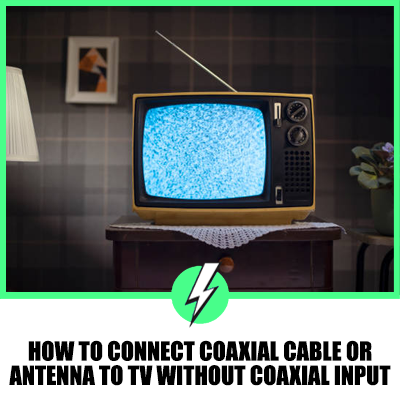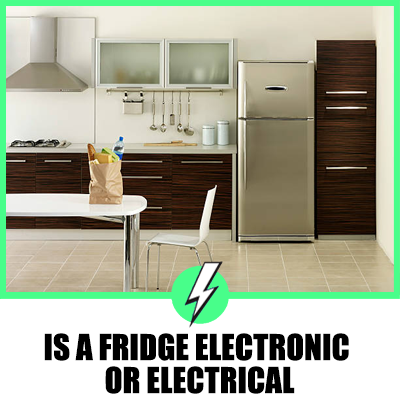Why Do Electricians Leave Screws Vertical?
In the world of electrical work, even the smallest details can spark a heated debate.
One such detail is the orientation of screws on electrical outlets and switches.
Have you ever noticed that electricians often leave screws in a vertical position?
This seemingly minor detail is actually a topic of much discussion among professionals and enthusiasts alike, both in the United States and the United Kingdom.
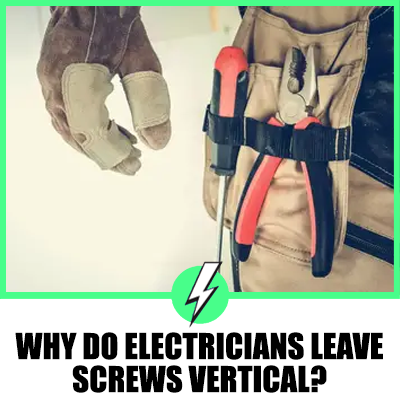
Contents
Does Screw Direction Matter?
The short answer is, it depends on who you ask.
Some electricians insist that the orientation of the screw doesn’t matter as long as the job is done correctly and safely.
However, others argue that the direction of the screw can impact the overall appearance of the work and even the accumulation of dust over time.
In a discussion on ContractorTalk, a user named TimelessQuality suggested that vertical screws catch less dust over time.
This is a practical consideration, especially in environments where cleanliness and hygiene are paramount.
This sentiment is echoed by many electricians on both sides of the Atlantic, highlighting a shared concern for cleanliness and maintenance ease in electrical installations.
Why Do Outlets Use Slotted Screws?
Outlets typically use slotted screws for a few reasons.
Firstly, they are simple and easy to work with, requiring only a standard flathead screwdriver.
Secondly, they are universally recognized and easily available, making them a convenient choice for manufacturers and electricians.
However, in a discussion on Terry Love Plumbing & Remodel DIY & Professional Forum, a user named hj suggested that Phillips screws could eliminate the uncertainty about screw orientation.
This is because Phillips screws don’t have a clear ‘vertical’ or ‘horizontal’ orientation due to their cross-shaped slots.
This perspective is interesting and reflects a trend towards more user-friendly designs in electrical components, a trend that is evident in both the US and UK markets.
Why Do Electricians Screw?
Electricians use screws to secure various components in place, such as outlet covers and switch plates.
The screws ensure that these components stay firmly attached to the wall, providing a safe and stable environment for the electrical connections inside.
In a discussion on SparkyBase, it was suggested that the vertical orientation of screws might be a mark of professionalism.
It shows attention to detail and consistency, which are both important qualities in a skilled electrician.
This perspective is shared by many electricians in both the US and UK, demonstrating a universal appreciation for professionalism and attention to detail in the trade.
How Tight Should Outlet Screws Be?
Outlet screws should be tight enough to hold the outlet securely in place, but not so tight that they risk damaging the outlet or the wall.
Over-tightening can lead to cracked outlet covers or stripped screw holes, both of which can cause problems down the line.
In a discussion on Reddit, a user named electrician2 suggested that screws should be “snug, but not overtightened.”
This advice seems to be a good rule of thumb for most electrical work.
It’s a principle that holds true whether you’re an electrician in New York or Newcastle, highlighting the universal nature of good electrical practices.
Insights from Online Discussions
Online discussions reveal a range of opinions on the topic of screw orientation.
Some users argue for vertical orientation, citing reasons such as reduced dust accumulation and a more professional appearance.
Others argue that the orientation doesn’t matter as long as the work is done safely and correctly.
Interestingly, some users even brought up the idea of electromagnetic interference caused by screw orientation.
However, this seems to be more of a humorous theory than a serious concern.
In conclusion, while the orientation of screws in electrical work may seem like a minor detail, it is a topic that sparks interesting discussions and reveals the attention to detail that electricians bring to their work.
Whether you prefer your screws vertical or horizontal, the most important thing is that the work is done safely and correctly.
This holds true whether you’re in the heart of London or the suburbs of Los Angeles, proving that good electrical work knows no borders.
